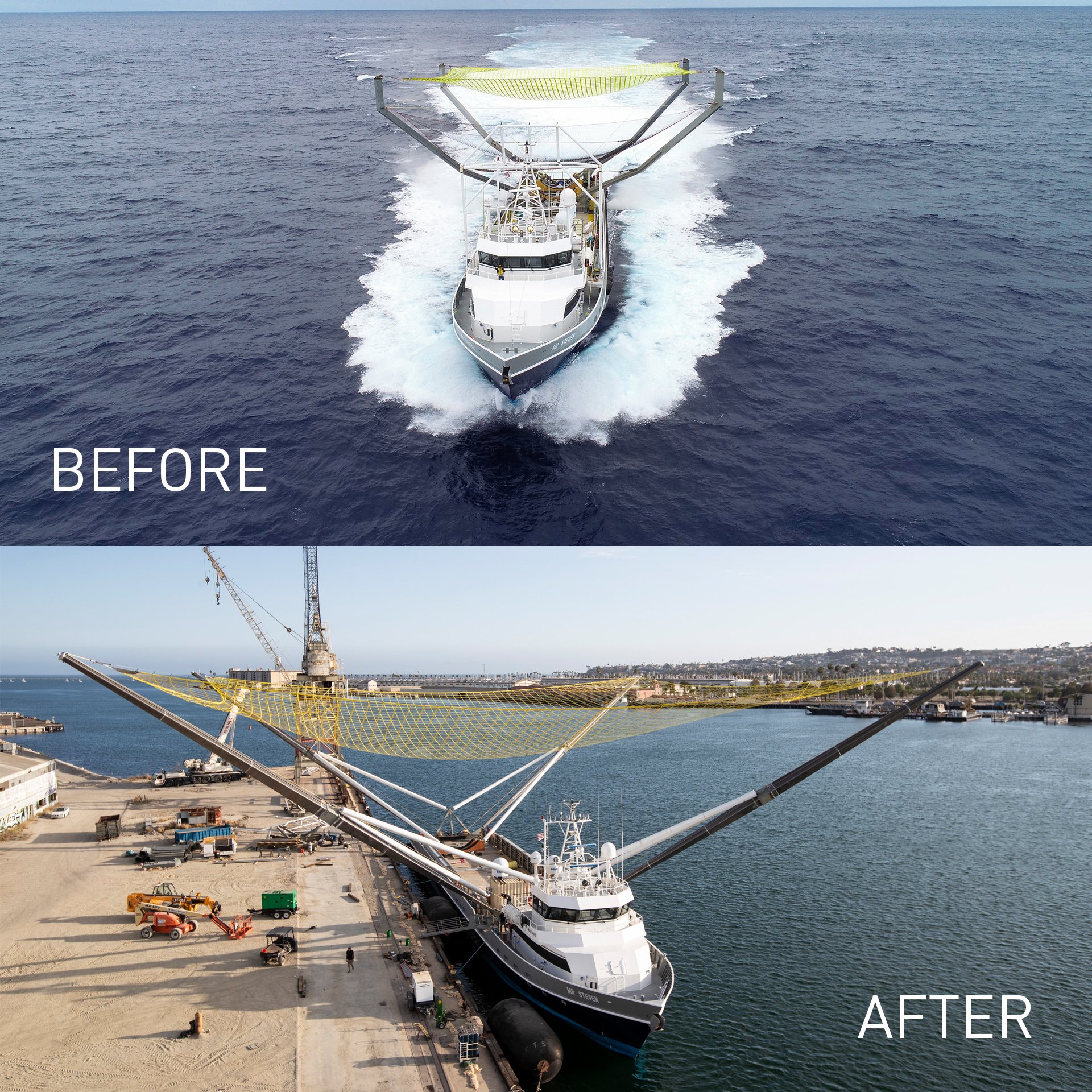Last Wednesday, on July 25, 2018, a rather rare event in the aerospace field occurred: Two launches less than 14 minutes apart! Alongside this coincidence, we naturally find ourselves with two payloads on their way to their orbits at the same time, which deserves to be highlighted. What are these payloads, you ask? There were ten Iridium NEXT satellites launched by a SpaceX Falcon 9 and four Galileo satellites launched by an Arianespace Ariane 5.
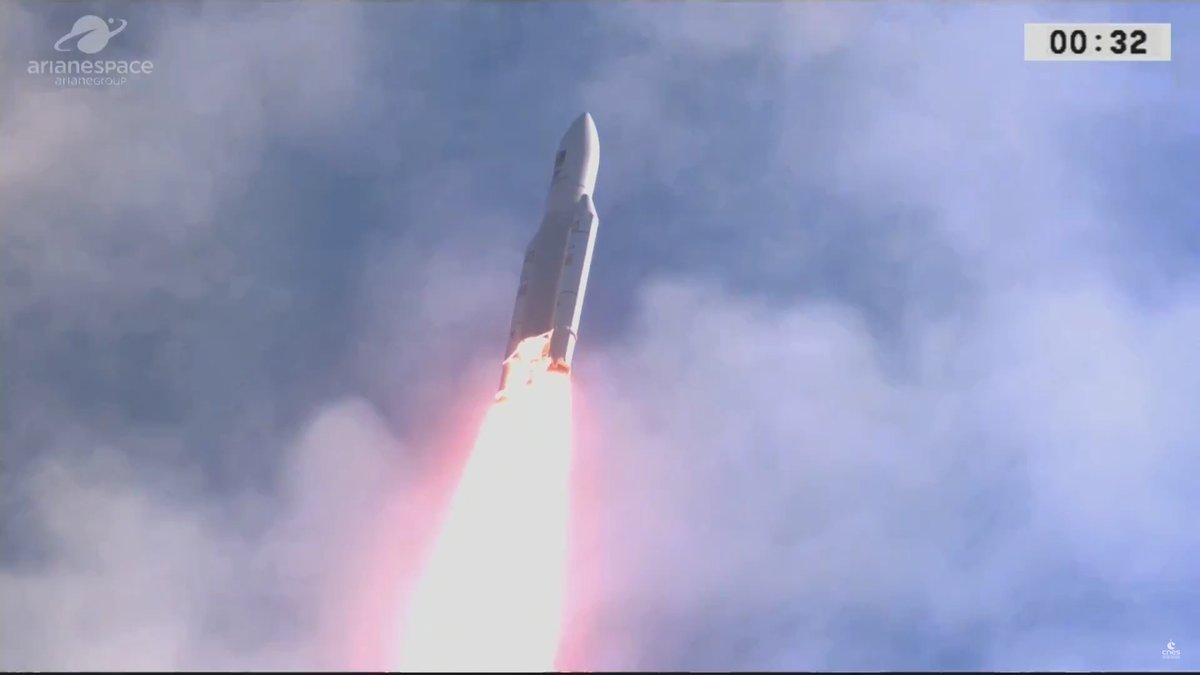
VA244
The first rocket to launch on this day was the European Ariane 5. However, this launch was not a typical one; it marked the end of an era and indicated that the use of this launcher was nearing its end. Indeed, it was the last launch of the Ariane 5 ES version during the VA244 flight. What is an Ariane 5 ES? It is simply an Ariane 5 with a second stage called EPS (Storable Propellant Stage), as opposed to the Ariane 5 ECA, which uses a second stage called ESC (Cryogenic Upper Stage). The difference between these two second stages lies in their propellants and therefore their engines. The EPS uses hypergolic propellants, specifically monomethylhydrazine (MMH) and nitrogen tetroxide (N2O4). These two fuels have the chemical property of igniting on contact, making them very practical because there is no need for an ignition mechanism in the engine. However, they are also a very dangerous mixture in case of a leak. The engine of the EPS was the Aestus, a German-made engine capable of multiple restarts and a total cumulative burn time of 1100 seconds (about 20 minutes).
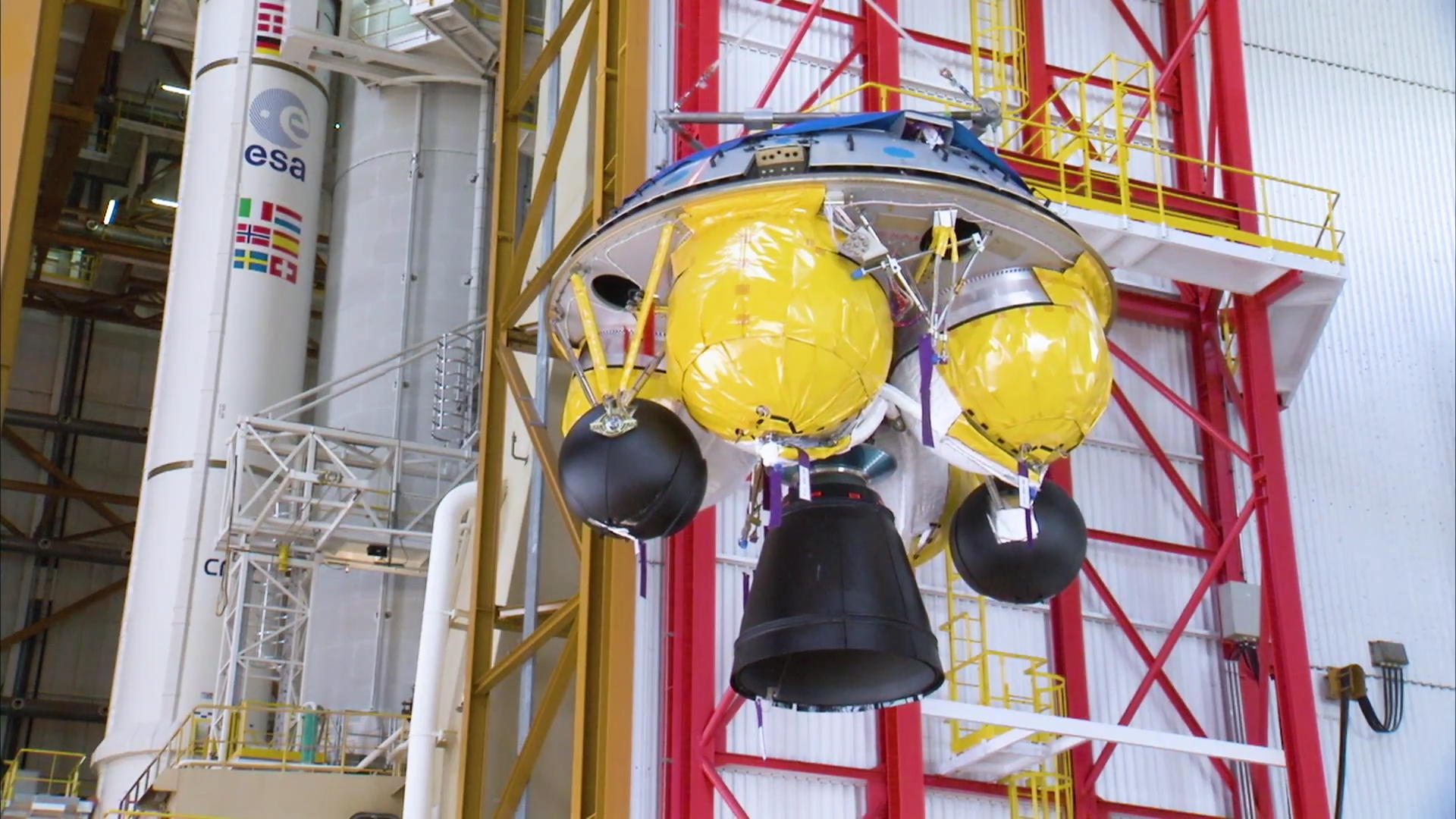
Thus, flight VA244 marked the end of the use of the Aestus engine, this EPS stage, and the Ariane 5 ESC. Logically, this flight is the last one not to use the cryogenic arms of the launch pad. Indeed, these arms are only used to fill the ESC second stage with liquid oxygen and liquid hydrogen. VA244 was also the final launch of an Ariane 5 with a short fairing. This launcher had two different lengths of payload fairing: 12.728m for the short version and 17m for the long version. The short fairing is typically used for single-satellite launches or launches to low or medium orbits, while the long fairing, in conjunction with the SYLDA (structural payload adapter), is used for geostationary orbit launches of two satellites.
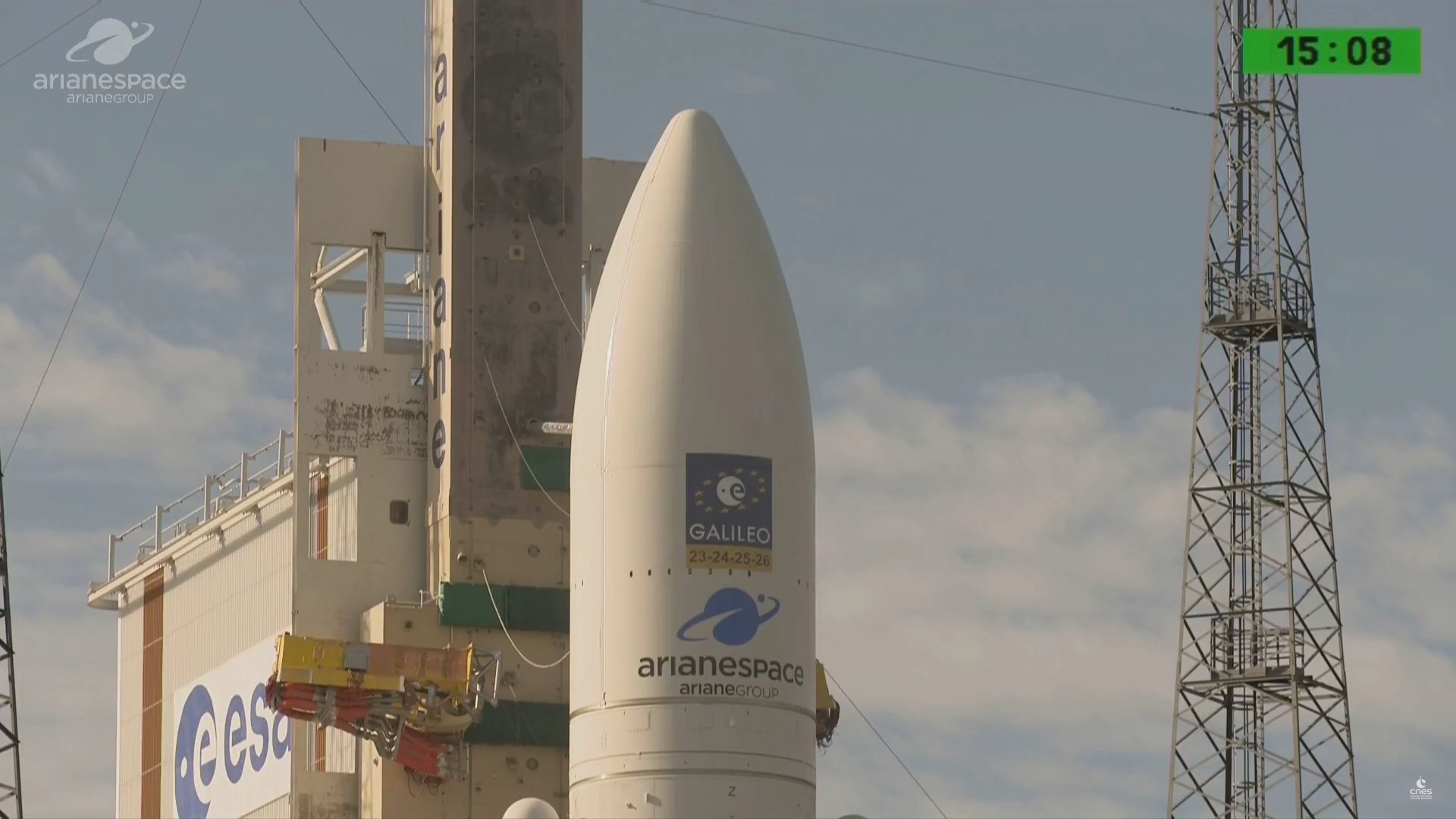
VA244 was also the last launch of Galileo satellites aboard an Ariane 5. Indeed, the last four satellites will be launched aboard an Ariane 62, Arianespace’s new rocket, which will make its first flight in 2020. Since the Ariane 62 can only orbit two Galileo satellites at a time, VA244 also becomes the last launch of four Galileo satellites. This flight also marked the 99th launch of an Ariane 5. The 100th is scheduled for September 5 for mission VA243 (this flight was supposed to take place before VA244, but a delay by one of the satellite manufacturers caused it to be postponed), which will orbit the Horizons-3e and Intelsat 38 satellites.
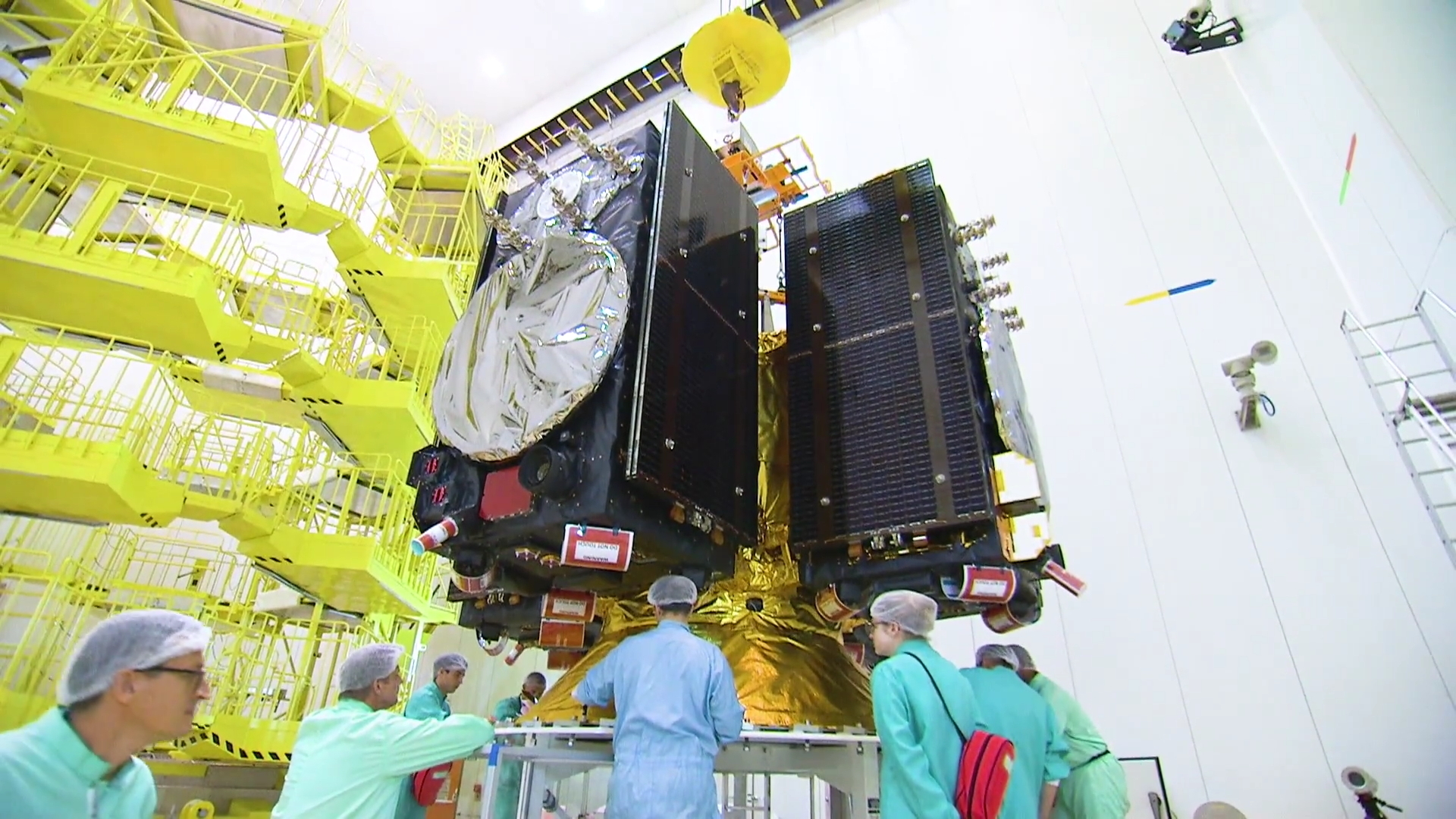
Galileo is a Global Navigation Satellite System (GNSS) constellation very similar to the well-known American GNSS, GPS. This similarity is so significant that the structures of the satellites are almost identical. The main difference between the two is that GPS is primarily a military system, whereas Galileo is public. In addition to avoiding blackouts that can occur during wartime, this also makes the satellites much lighter. Indeed, GPS satellites have been hardened and therefore weigh around three tons each, whereas Galileo satellites weigh only 738kg on the scale.

It was the European Commission that approached the ESA to develop the space segment of Galileo. Eventually, this segment will consist of 30 satellites, of which 24 will be operational and 6 will serve as replacements in case of issues. They will be distributed across three orbital planes at an altitude of 23,222km, all inclined at 56° relative to the equator. The satellites measure 2.7m in height, 1.2m in width, and 1.1m in depth, and up to 14.67m in width once their solar panels are deployed in orbit. These panels will provide the satellite with 1900W of electrical power, enabling it to operate all its systems and antennas. The Galileo constellation broadcasts on three different bands/frequencies: E5, E6, and E1. With this satellite network, it is possible to achieve a precision of less than 5m for free, and up to 10cm with paid services, compared to the 10m precision of GPS.
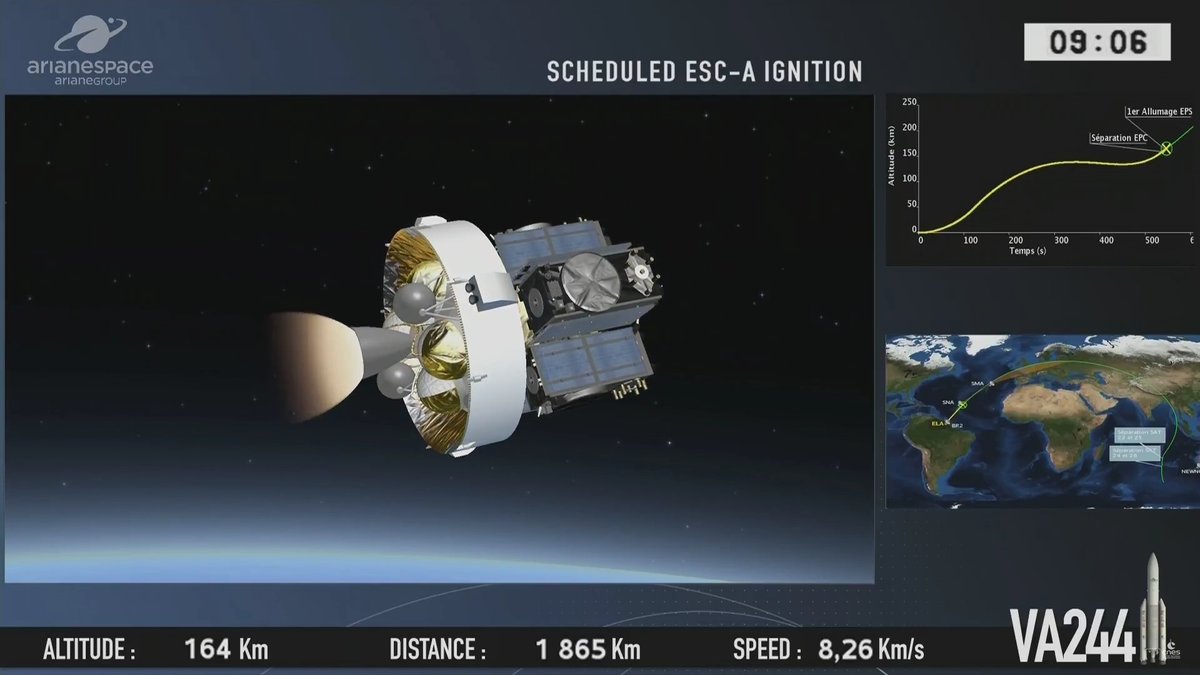
At the moment, there are 26 Galileo satellites orbiting above us. 24 are operational, and 2 are used for testing because they were placed on the wrong orbit due to a launch issue. VA244 added satellites 23, 24, 25, and 26, respectively named Tara, Samuel, Anna, and Ellen. These names belong to children born in 2000, 2001, or 2002, who won a drawing contest organized by the ESA in 2011 to encourage young people to take an interest in space. Each of these Galileo satellites is expected to operate for at least 12 years, allowing a period for the names of these children to remain in orbit in space.
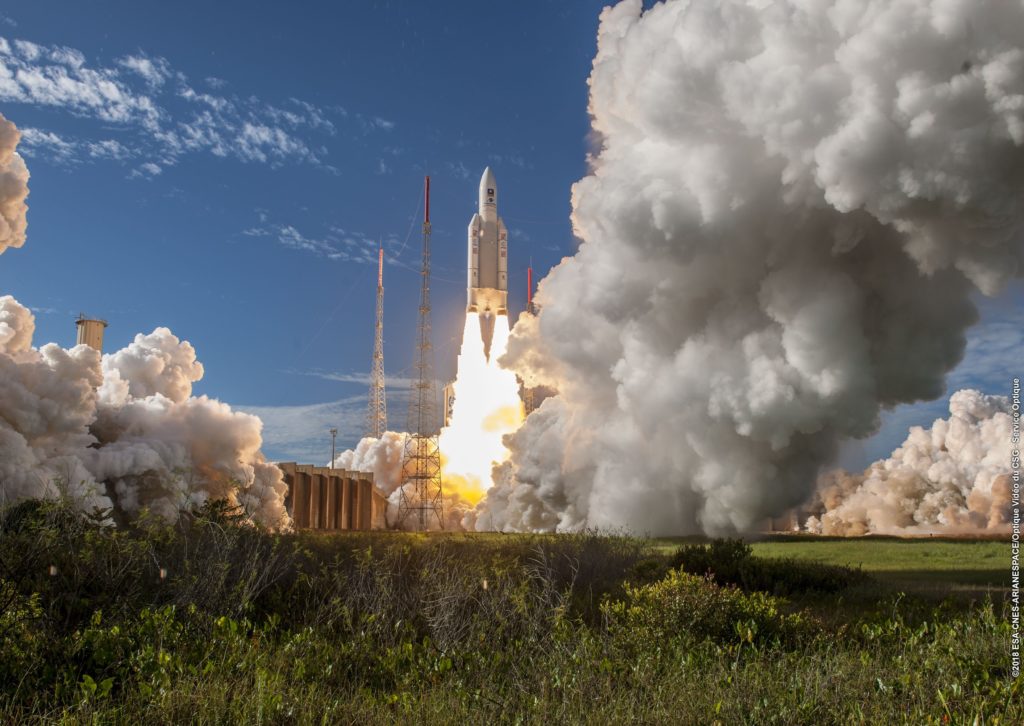
Iridium NEXT VII
14 minutes after the launch of VA244, a Falcon 9 rocket lifted off from the Vandenberg Air Force Base on the west coast of the United States to orbit ten Iridium NEXT satellites, the new generation of the Iridium satellite telecommunication constellation. If you want to learn more about these satellites, their characteristics, and their objectives, you can find a previous article right here. In this flight, satellites 66 to 75 were deployed.
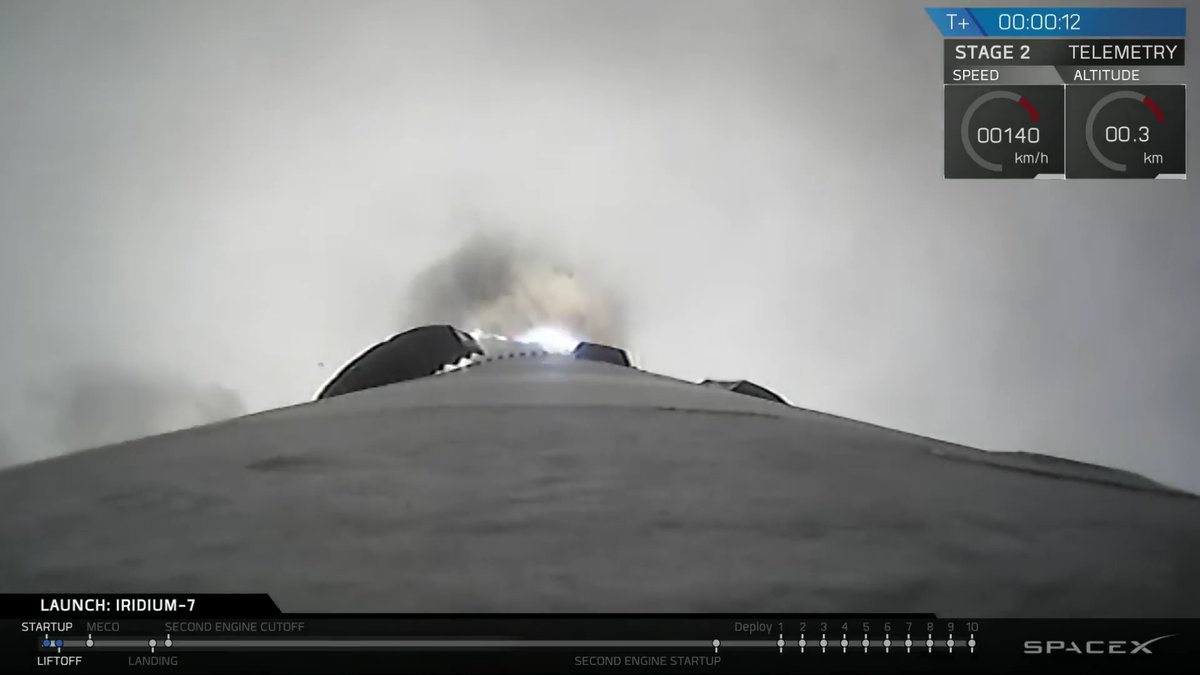
During this flight, the goal was to recover the first stage and the fairing of the launcher. This was, in fact, the third Block 5 whose modifications had been detailed in this article on the launch of Bangabandhu-1. Here, the flight unfolded flawlessly once again, but inclement weather in the recovery area posed a risk to the successful landing of the booster and the fairing. There were significant shear winds in this area, which are very challenging to manage as they buffet the booster, shifting it back and forth. SpaceX could have potentially missed a landing or even damaged the JRTI (Just Read The Instructions) drone ship. Ultimately, the first stage coped extremely well with this weather and landed on the barge, perhaps not dead center, but it landed!
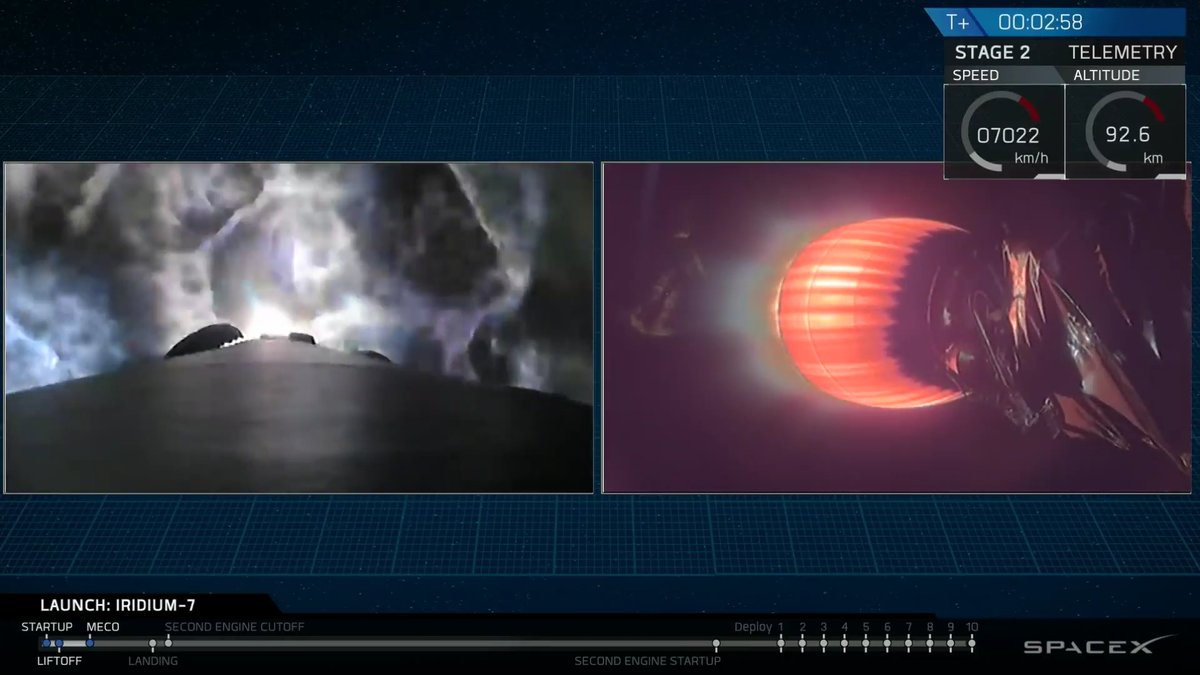
On the fairing side, these winds proved more problematic. The ship Mr. Steven, tasked with recovering the fairing halves using a large net, was situated in the same area of shear winds as the JRTI barge. Following several unsuccessful fairing recovery attempts on previous flights, SpaceX had decided to increase the size of the net, and not by a small margin: the net’s surface area quadrupled! The vessel also received enhancements enabling it to maneuver more swiftly to “hunt down” the fairing. However, during this flight, the weather had the upper hand, and the fairing halves, once again, gently splashed down into the Pacific Ocean.
This flight was another success for SpaceX and yet another impressive demonstration of the Block 5’s ability to land even in strong shear winds!
